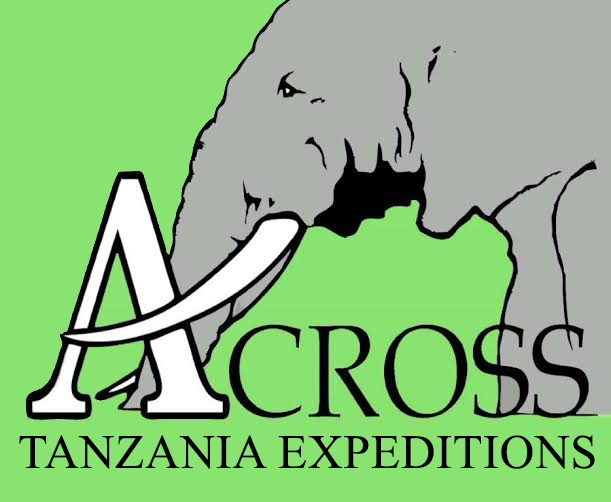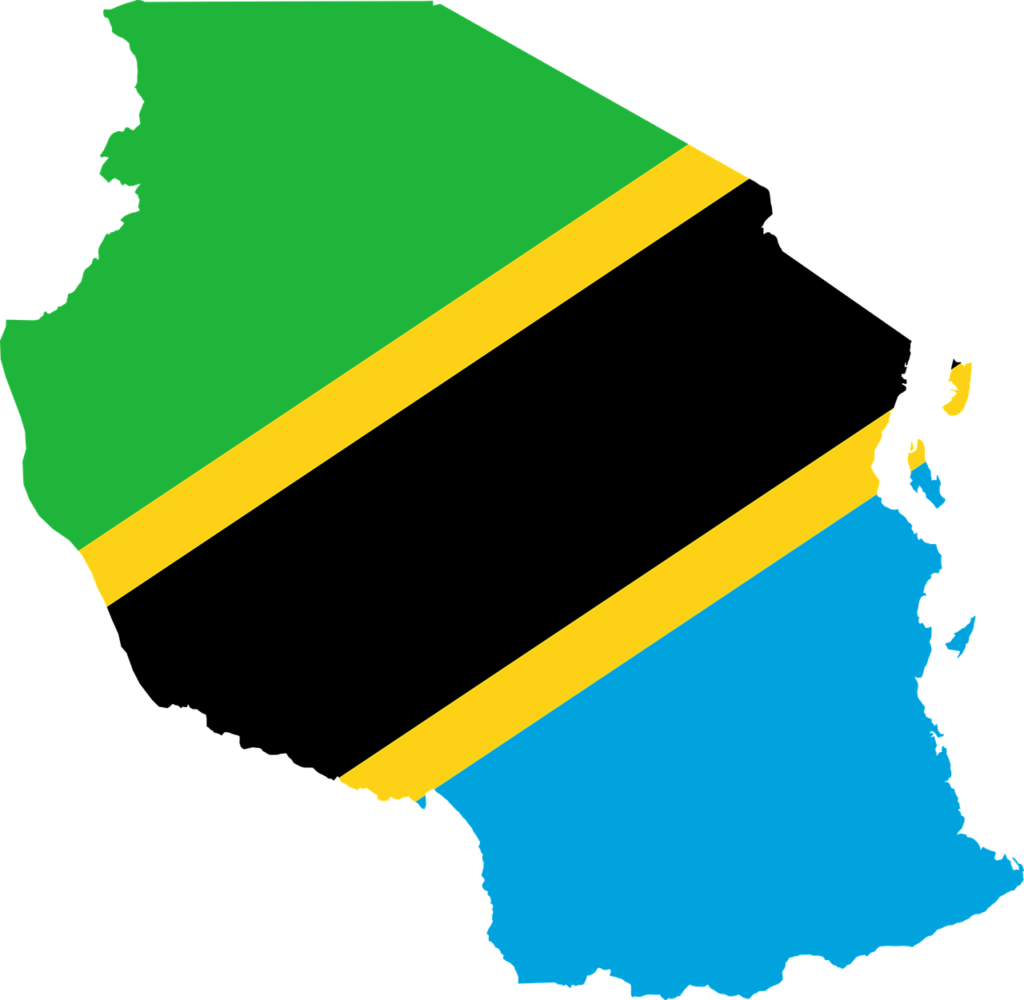Ruaha National Park
Ruaha is now Tanzania’s second largest national park (after Nyerere NP) and offers excellent wildlife viewing. It is particularly good for spotting predators, including very large prides of lion and the endangered wild dog. Elephants and a variety of antelope species are another big draw to the park. It also has outstanding wilderness appeal, with limited exclusive, luxury camps available.
Wildlife
All big cats are regularly seen, and wild dog are the star attraction. They are especially easy to find when denning. Several antelope species that are rare or absent in northern Tanzania, such as greater and lesser kudu, roan and sable antelope, are often encountered.
Scenery
The main feature of the park is the Great Ruaha River, which attracts loads of animals in the Dry season. The dominant vegetation is brachystegia (miombo) woodland, and some areas are dotted with the impressive baobab tree.
Weather & Climate
Due to Ruaha being near the equator, temperatures don’t change much from month to month. The area is at its coolest during the Dry season (May to October), which doesn’t say much when the average afternoon temperature is around 27°C/81°F. The Wet season (November to April) piles on the heat and the humidity, with the rainfall at its heaviest early in this period.
Best Time to Visit
The heat is less intense in the Dry season (May to October), though plenty of dust is kicked up as you move around the park. This is also when the resident animals are more often glimpsed, unable to hide in the sun-withered bush. Safaris can get uncomfortably steamy in the wetter months, and some roads may be inaccessible at this time.


